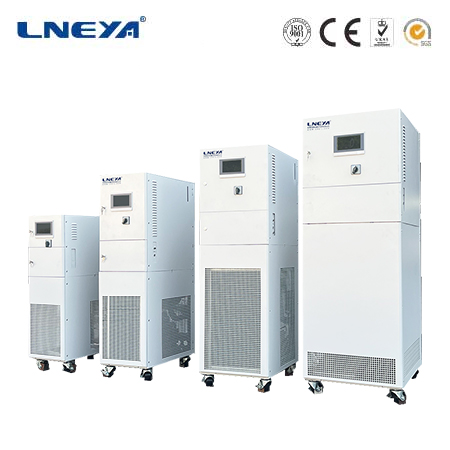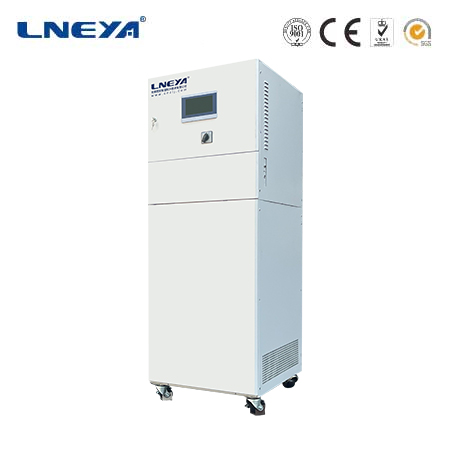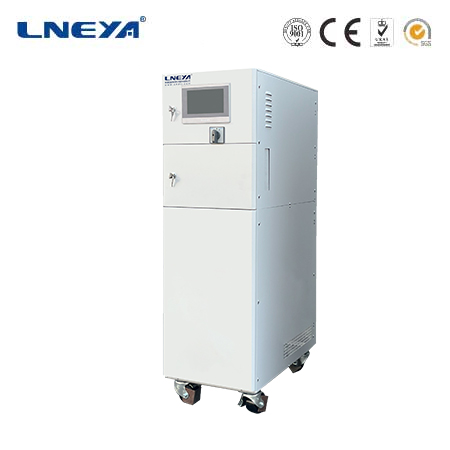water cooling temperature difference
Water Cooling Temperature Difference in Industrial Systems
Water cooling systems are crucial in various industrial applications for managing heat loads effectively. The temperature difference within these systems is a critical parameter that influences their performance and efficiency. This article provides insights into the factors that affect the temperature difference in water cooling systems and the importance of maintaining optimal temperature differentials.

Cooling Tower Efficiency and Temperature Difference
Cooling towers use evaporative cooling to reduce the temperature of circulated water. The efficiency of a cooling tower is rated in terms of approach and range, where approach is the temperature difference between the cooled water temperature and the entering air wet bulb temperature, and range is the temperature difference between the water inlet and water exit. The temperature difference between inlet and outlet water is typically in the range of 10 – 15°F. This temperature difference is essential for determining the cooling tower’s performance and its ability to provide the desired cooling effect.
Ambient Wet Bulb Temperature and Its Impact

The ambient wet bulb temperature plays a significant role in the performance of cooling towers and water cooling systems. Wet bulb temperature essentially measures how much water vapor the atmosphere can hold at current weather conditions. A lower wet bulb temperature means the air is drier and can hold more water vapor than it can at a higher wet bulb temperature. The maximum cooling tower efficiency is limited by the wet bulb temperature of the cooling air, which directly impacts the temperature difference that can be achieved within the cooling system.
Design of Heat Exchangers and Temperature Difference
The design of heat exchangers within water cooling systems also influences the temperature difference. A common rule-of-thumb range for the approach temperature in many heat exchangers is 8–20°F. A large increase in this temperature difference suggests flow or fouling issues. The terminal temperature difference (TTD) is valuable for monitoring the performance of heat exchangers, and data that trends downward suggest efficiency degradation.

Water Treatment and Temperature Control
Corrosion, scaling, and microbiological fouling can significantly impact the temperature difference and overall performance of water cooling systems. Proper water treatment is essential to protect the system from these issues, preserving equipment life and reliability, and maintaining the desired temperature difference for optimal performance.
Conclusion
The temperature difference in water cooling systems for industrial applications is influenced by various factors, including cooling tower efficiency, ambient wet bulb temperature, and the design of heat exchangers. Maintaining the optimal temperature difference is crucial for system efficiency and effectiveness. Understanding these factors and implementing proper water treatment and maintenance practices are essential for ensuring the reliability and longevity of water cooling systems in industrial settings.
Related recommendations
types of water chiller
659Types of Water Chillers Water chillers are refrigeration systems that use water as a secondary coolant to provide cooling for various applications. They are categorized based on the type of com...
View detailschiller cycling
432Introduction Chiller cycling is an important aspect of the operation of chiller systems. It involves the repeated starting and stopping of the chiller unit in response to various factors withi...
View detailsprocess heating equipment
625Introduction to Process Heating Equipment Process heating is a critical aspect of many industrial operations, where maintaining precise temperatures is necessary for the efficiency and quality ...
View detailswater cooled chiller types
582Types of Water Chillers Water chillers are categorized based on the type of compressor and the refrigeration cycle they use: Centrifugal Chillers: These chillers use a centrifugal compressor...
View details
 LNEYA Thermal Test Chillers
LNEYA Thermal Test Chillers






HelloPlease log in